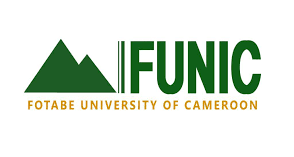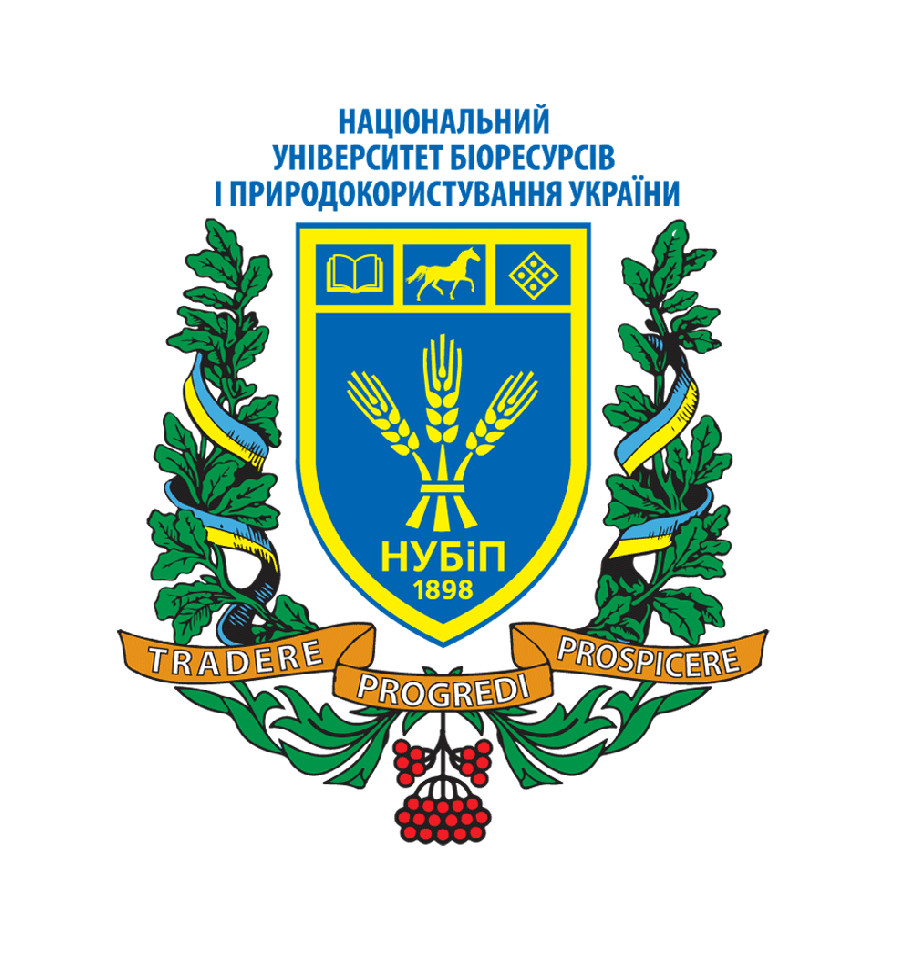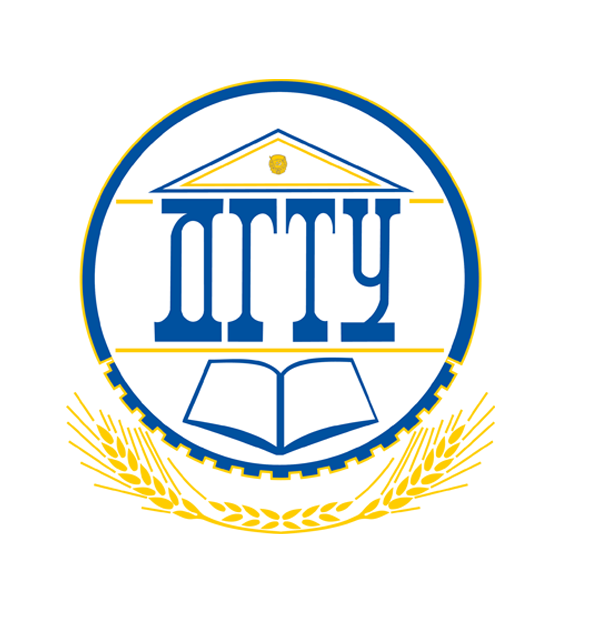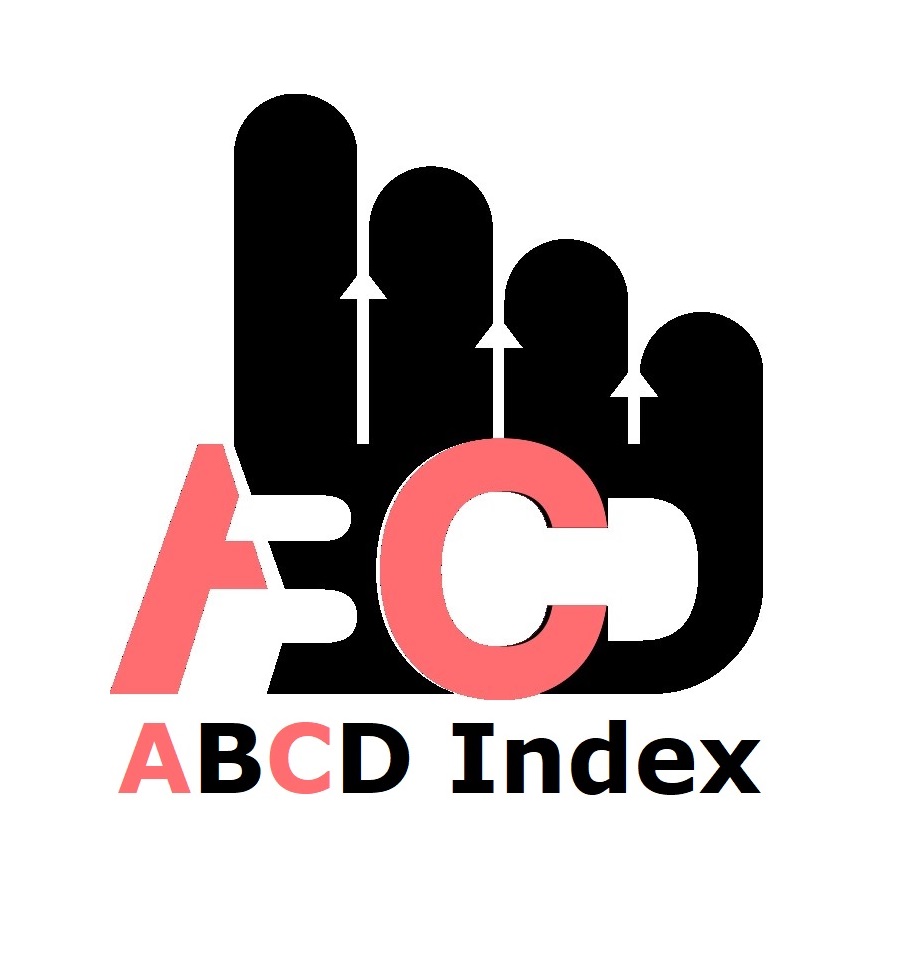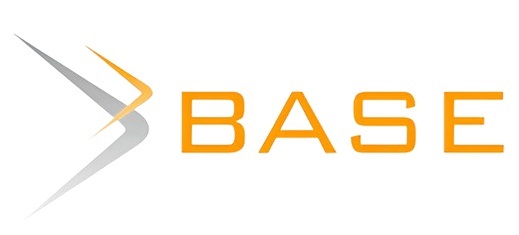The Relationship between Exposure to Violent Content on the Media and Aggressive Behaviour among Adolescent Learners in Western Region, Kenya
Mots-clés :
Media Exposure, Adolescents, Aggression, Social LearningRésumé
This study explores the relationship between exposure to violent media content and aggressive behavior among adolescent secondary school students in Kakamega, Kisii, and Siaya Counties, Kenya. These counties have relatively high media technology access, particularly mobile phones and radio, which exceed national averages. They also report notable incidences of student aggression, with Siaya and Kisii counties showing high rates of student unrest. Grounded in Albert Bandura’s Social Learning Theory, the study utilized a mixed-method approach, adopting descriptive survey and correlational research designs. A sample of 417 students was drawn from a population of 190,555, selected using stratified random sampling method. Data collection involved questionnaires, content analysis, and the Adolescent Peer Relations Instrument (APRI). A pilot study conducted in Vihiga County confirmed the reliability of the instruments, with a Cronbach's Alpha coefficient of 0.87. The study revealed a significant correlation between aggression and exposure to violent content on television (r = 0.211, p = 0.000), with television identified as the most substantial contributor to aggression (B = 0.218, p = 0.001). Notably, 46% of adolescents in Kakamega, Kisii, and Siaya reported constant exposure to violent media, while 11% frequently imitated the violence observed, primarily on mobile phones. Additionally, 9% of respondents justified the violence they encountered, and 56.5% exhibited mild violent tendencies. The study recommends stricter enforcement of media violence regulations, including enhanced penalties and parental guidance ratings, alongside the introduction of media literacy programs in schools. Additionally, it calls for limiting unsupervised internet access for minors, particularly in public cybercafes, to mitigate the negative influence of violent media content.
Publiée
Comment citer
Numéro
Rubrique
(c) Tous droits réservés Pauline Adhiambo, Peter Odera, Samuel Maragia 2024

Ce travail est disponible sous licence Creative Commons Attribution - Pas d’Utilisation Commerciale 4.0 International.
Articles les plus lus par le même auteur ou la même autrice
- Esther Sila, Peter Odera, Moses Poipoi, Influence of Teacher’s Self-Worth on Secondary School Learners’ Academic Performance in Kakamega County, Kenya , African Journal of Empirical Research: Vol. 4 No 1 (2023): Jan-Jun 2023
- Felistus Nyamoma, Moses Poipoi, Samuel Maragia, Influence of Family Issues on Effectiveness of Substance Abuse Preventive Measures among Secondary Schools in Kakamega County, Kenya , African Journal of Empirical Research: Vol. 5 No 2 (2024): Apr-Jun 2024
- Felistus Okacha Nyamoma, Moses Poipoi, Samuel Maragia, Influence of Personality Issues on Effectiveness of Substance Abuse Preventive Measures among Secondary Schools in Kakamega County, Kenya , African Journal of Empirical Research: Vol. 5 No 3 (2024): Jul-Sep 2024
- Josephine N. Nyamwange, Peter Odera, Edward O. Khasakhala, Teachers’ attitudes towards attention deficit hyperactivity disorder and management strategies for pupils in Kisii County, Kenya , African Journal of Empirical Research: Vol. 6 No 2 (2025): Apr-Jun 2025
- Laban Welakoko Sikolia, Moses Poipoi, Peter Odera, The effect of pastoral care and mentorship programmes on psychosocial adjustment and academic performance of students in public secondary schools in Kakamega County, Kenya , African Journal of Empirical Research: Vol. 6 No 3 (2025): Jul-Sep 2025
- Doris Tuitoek, Peter Odera, Tecla Sum Psusma, Gladys Mengich, Effectiveness of BëST social support model on mental health outcomes among university students in western Kenya: A quasi-experimental design , African Journal of Empirical Research: Vol. 6 No 3 (2025): Jul-Sep 2025










